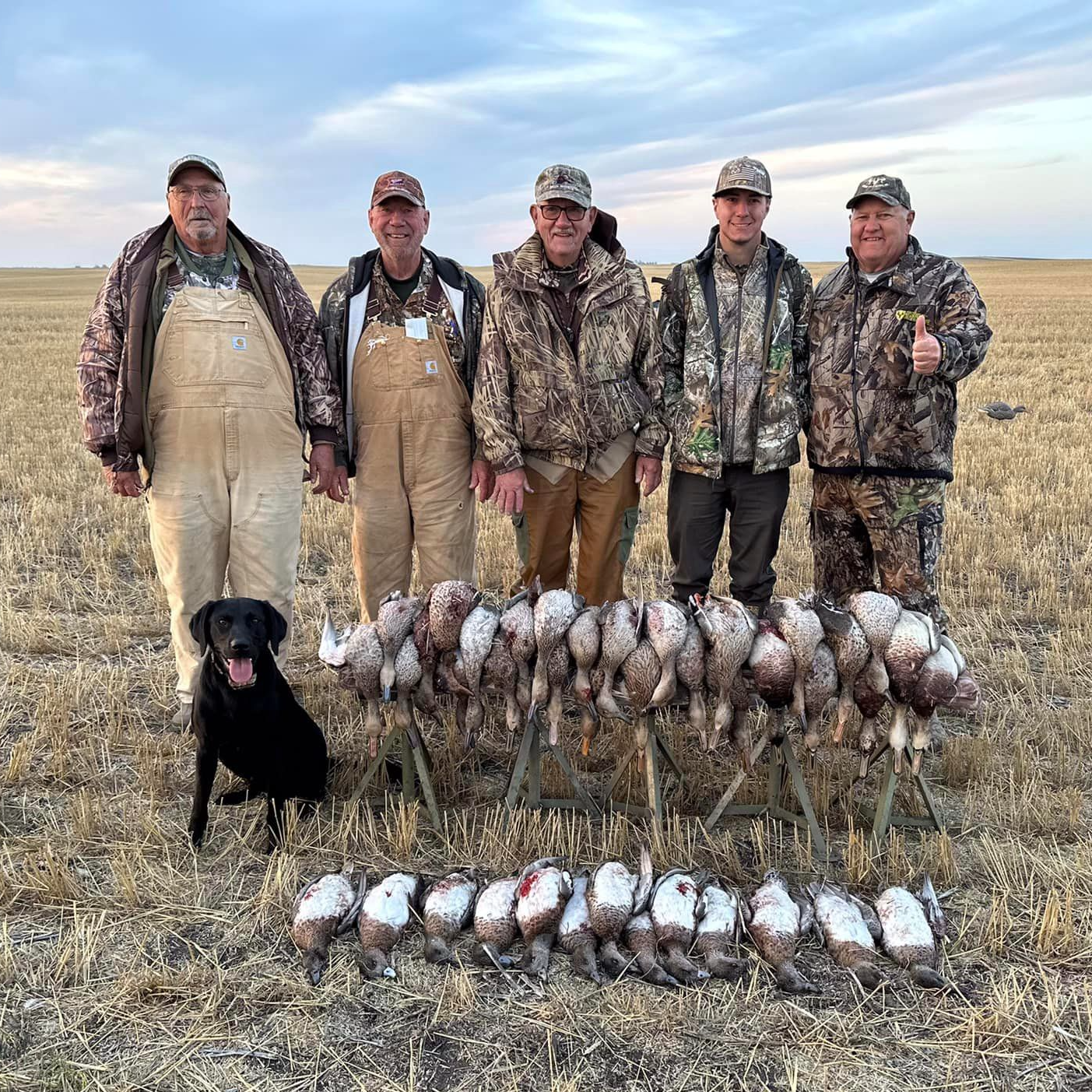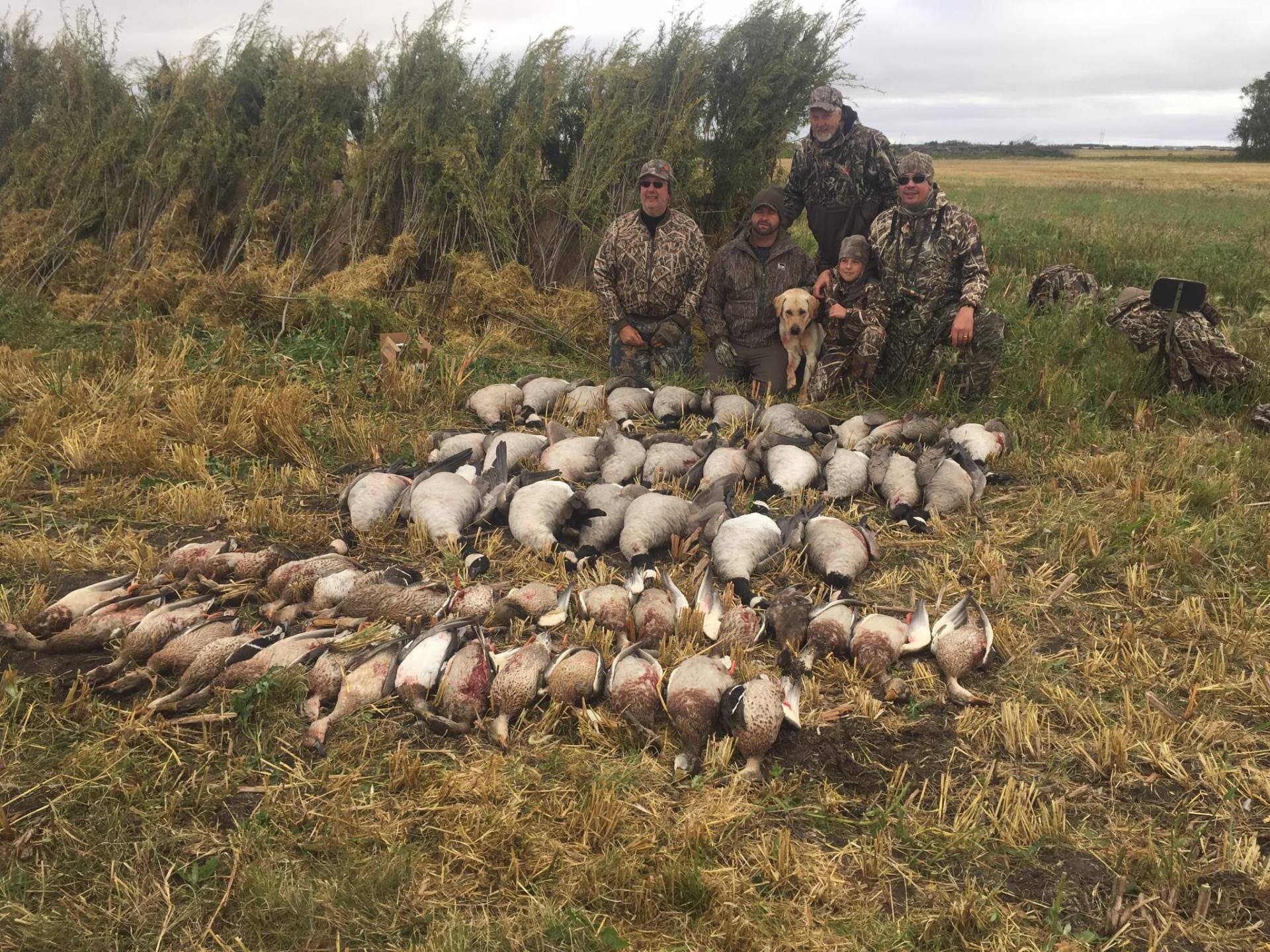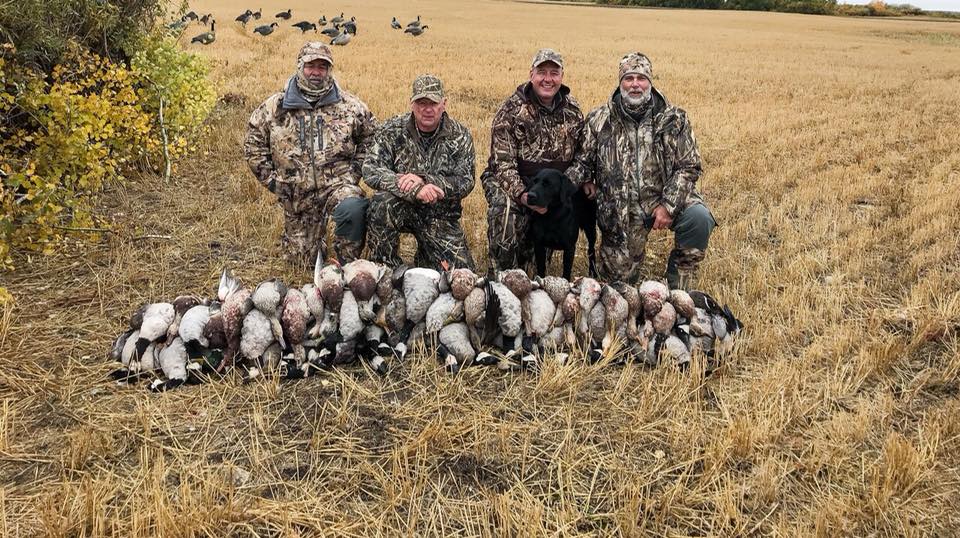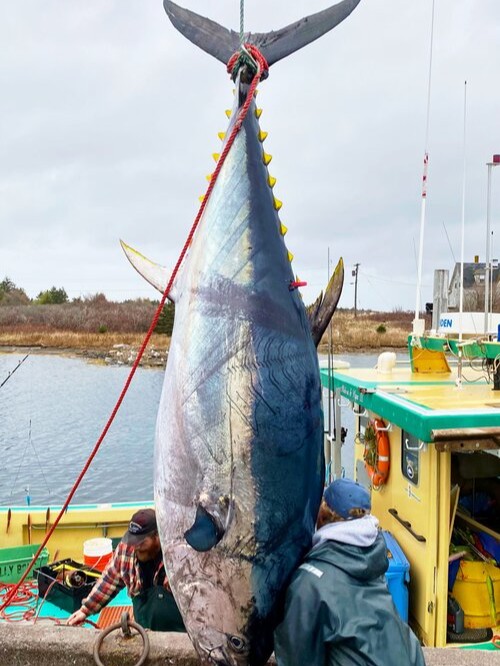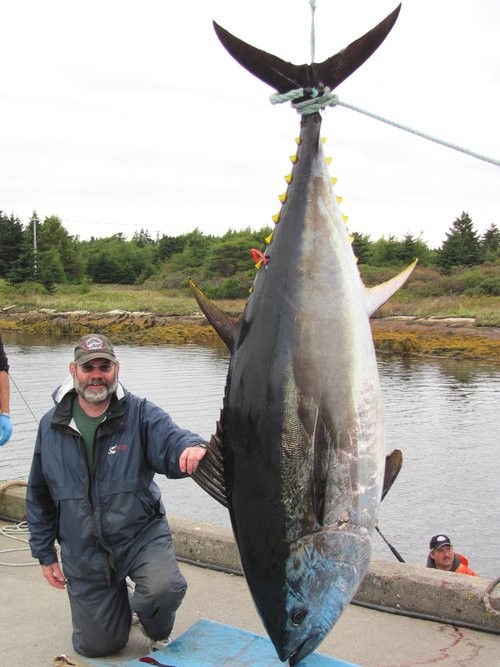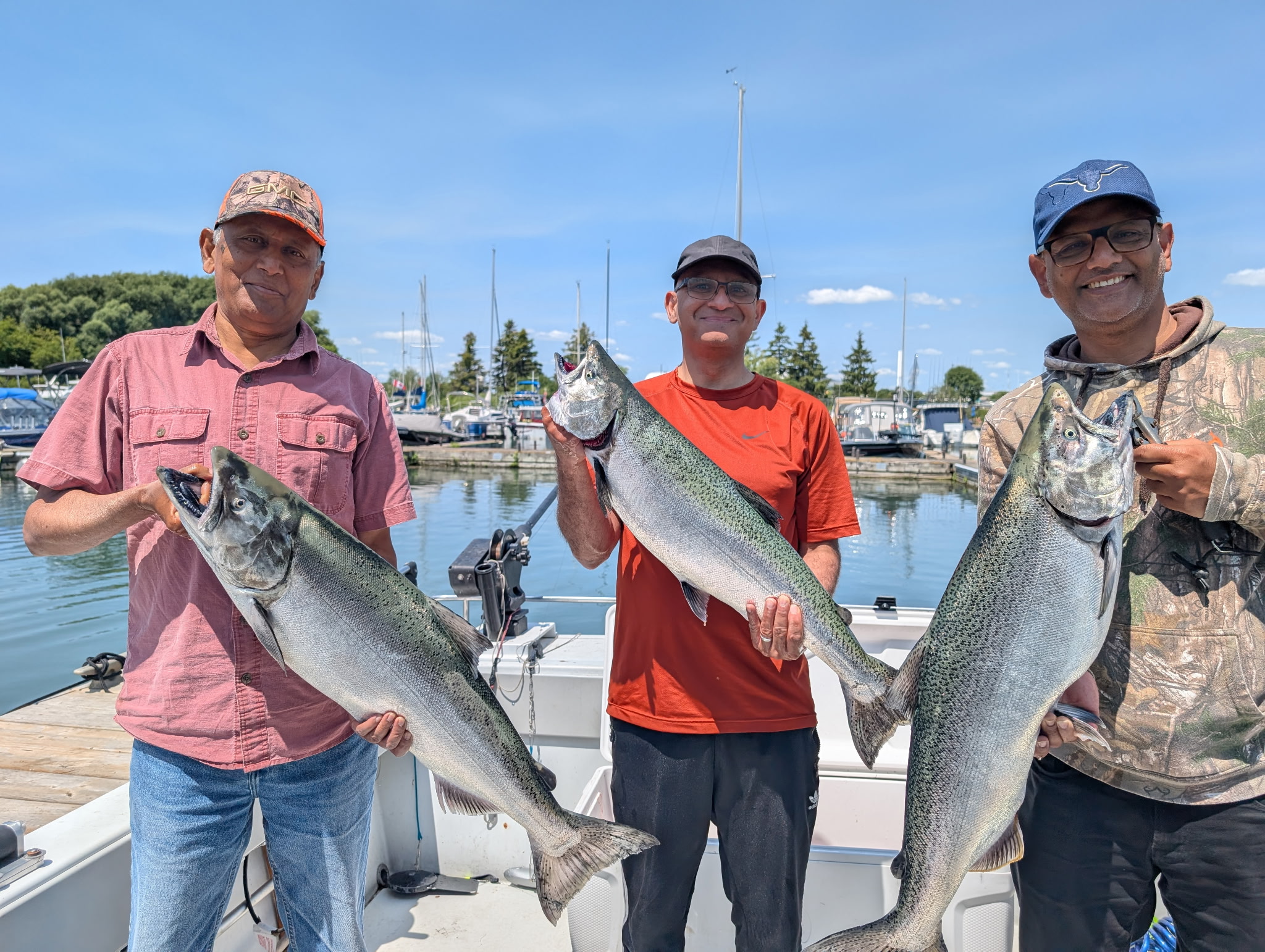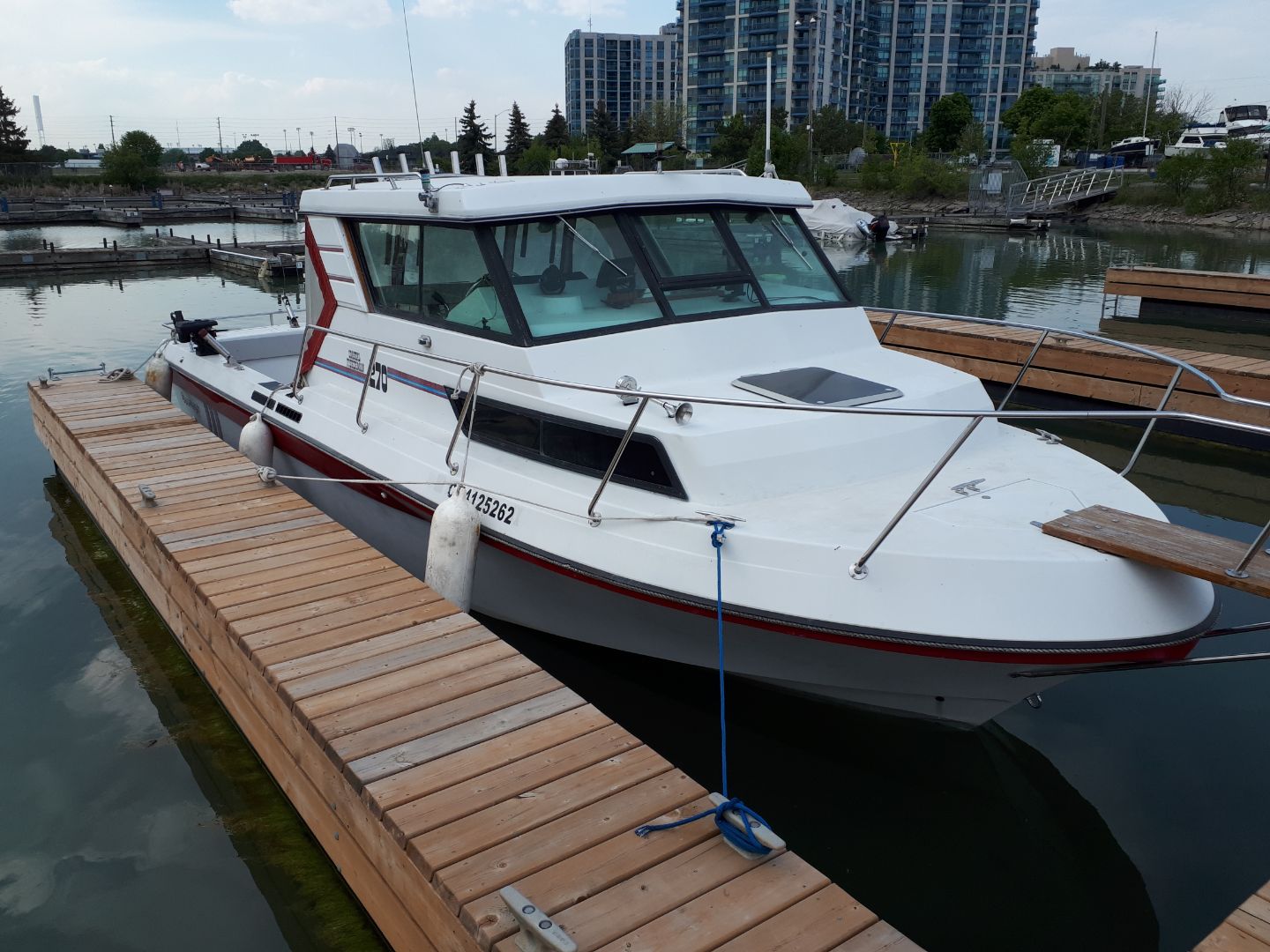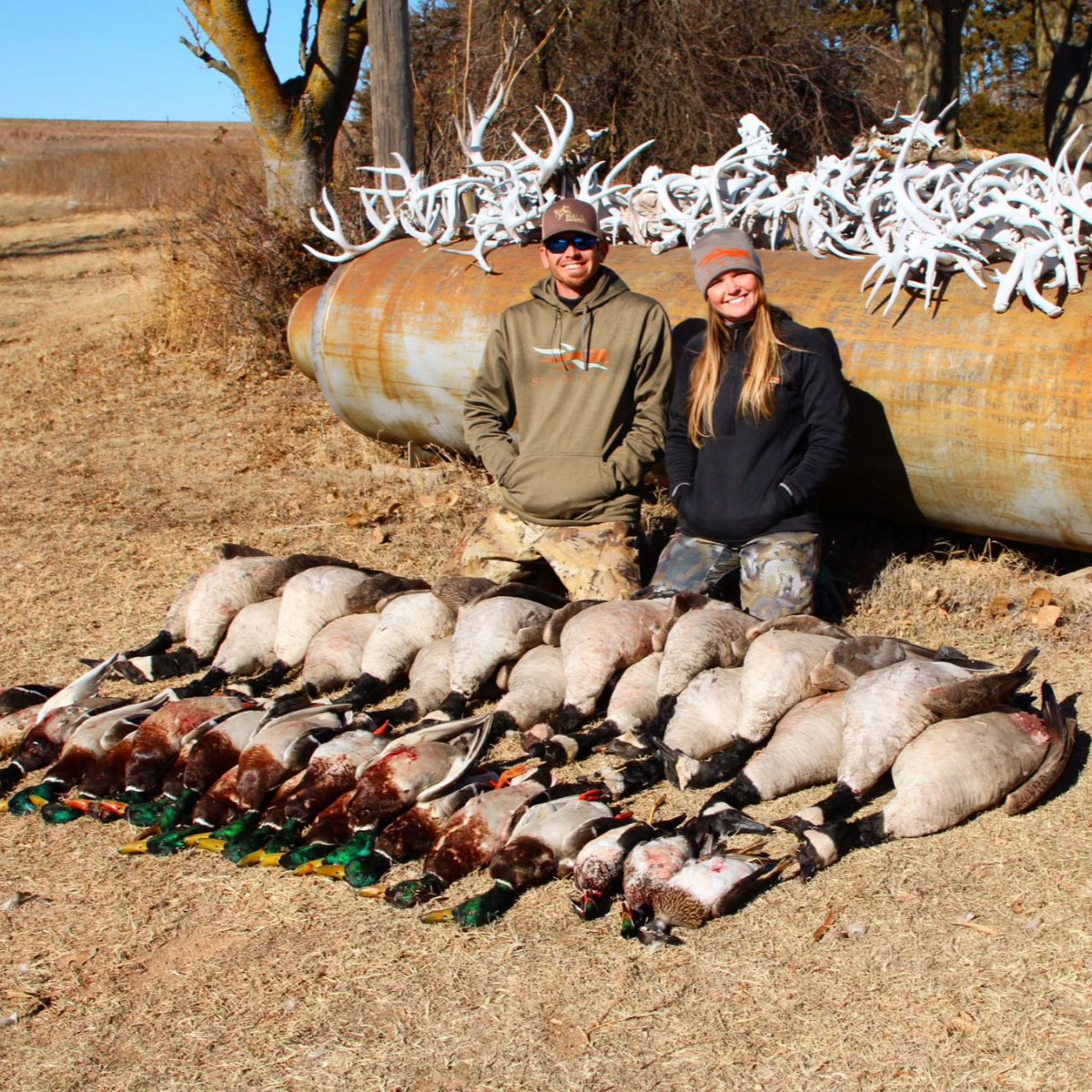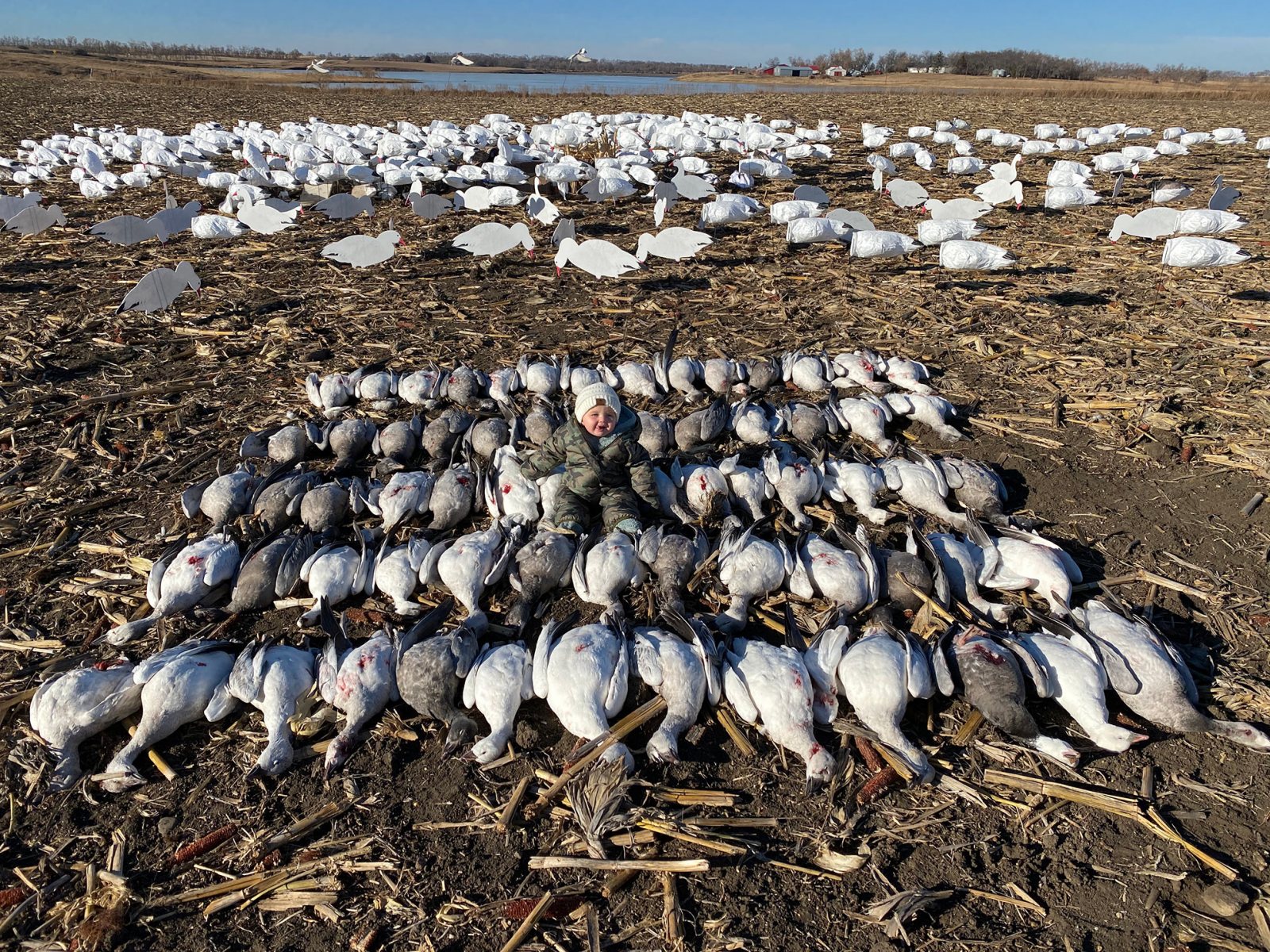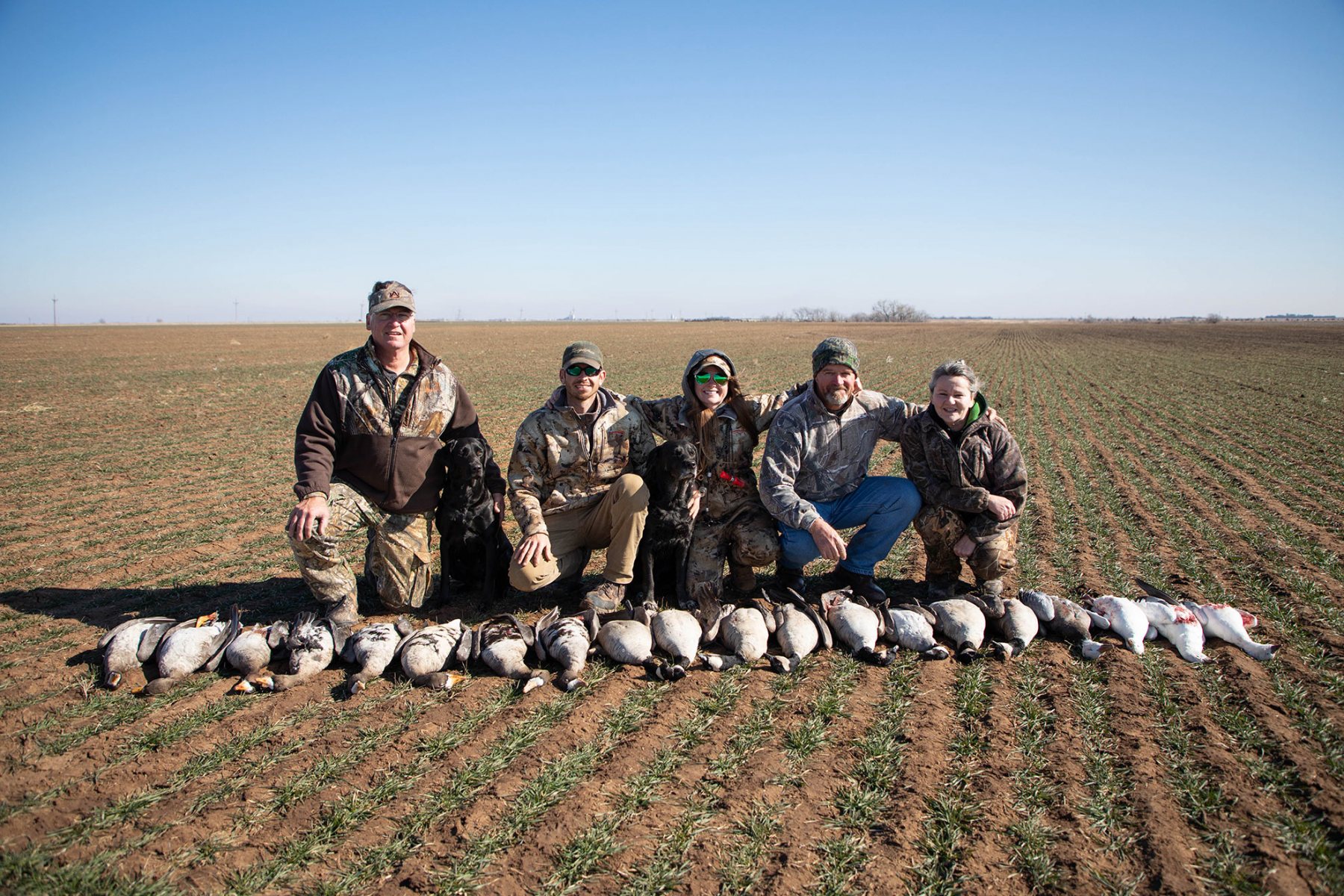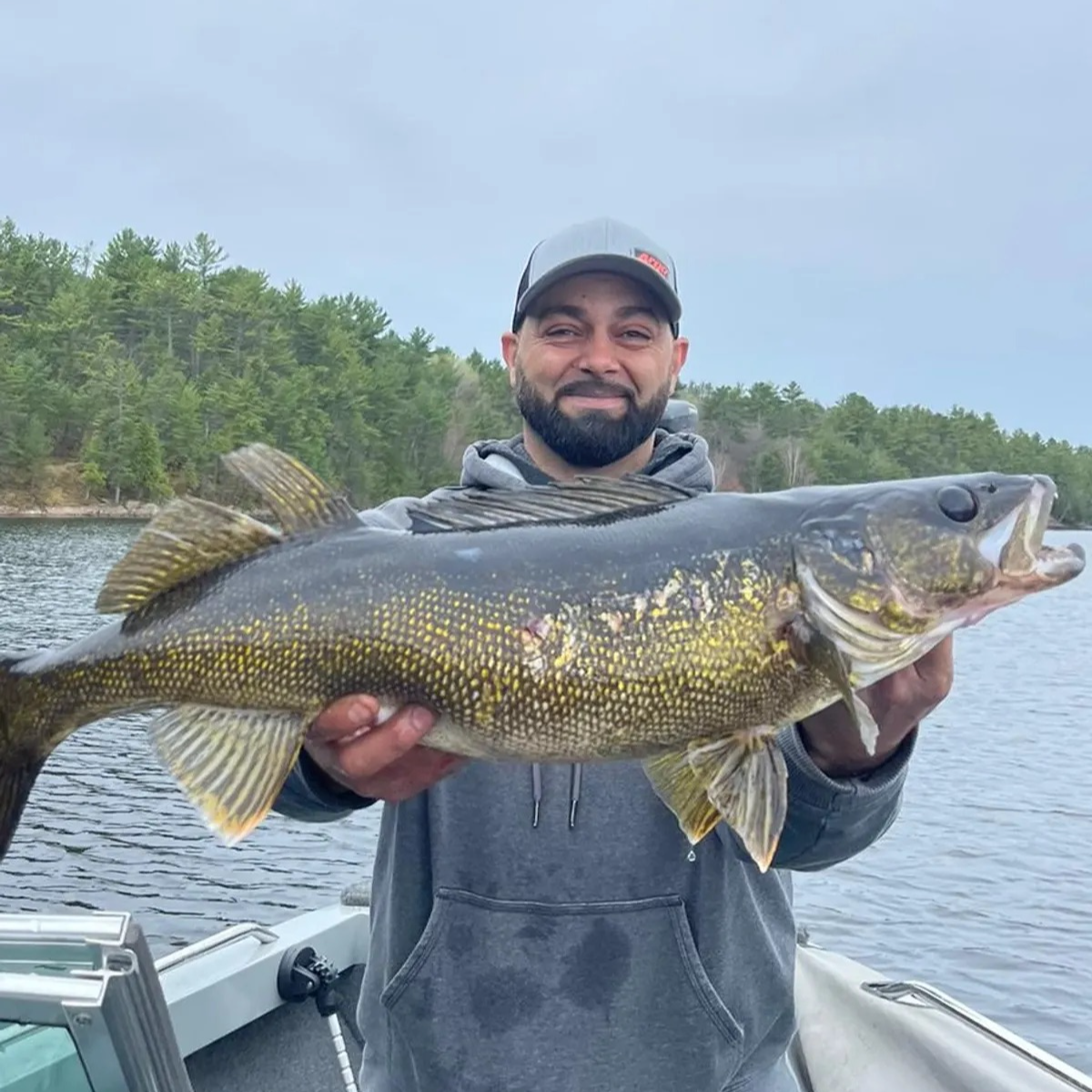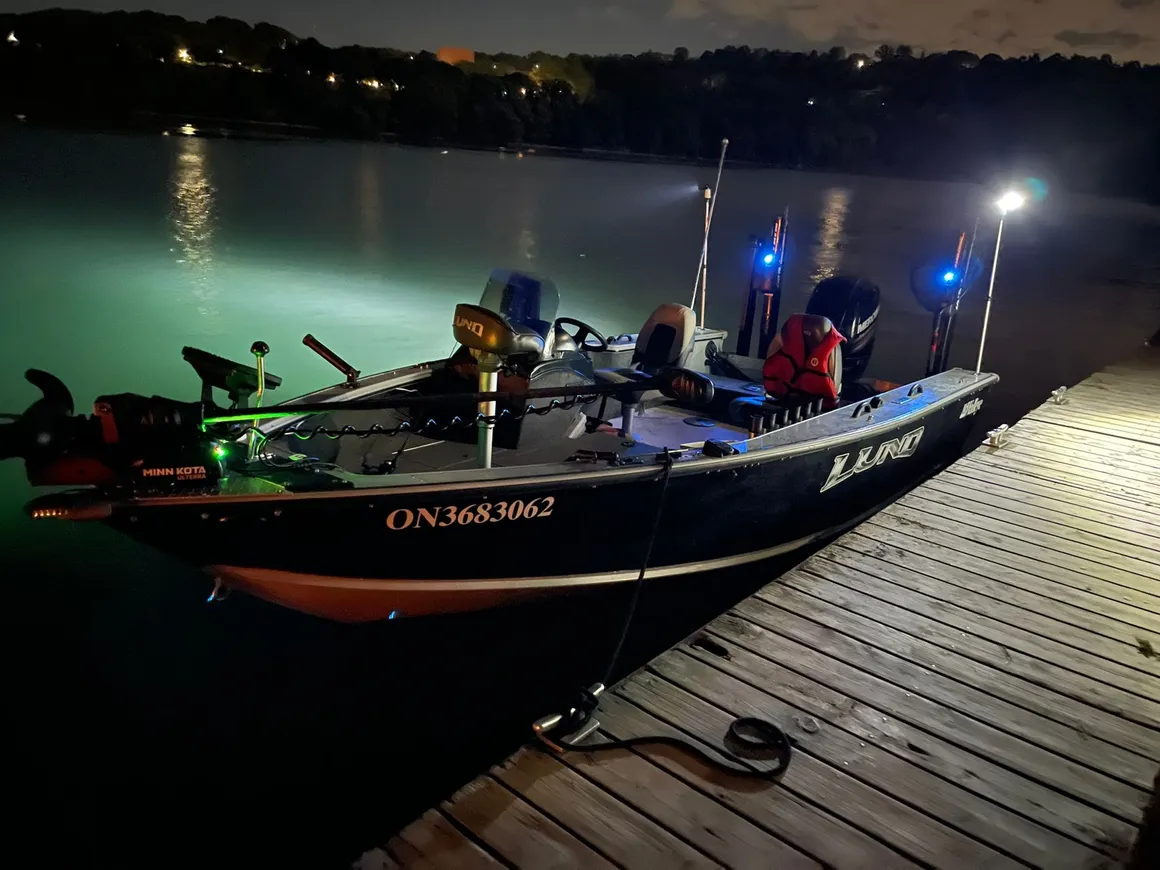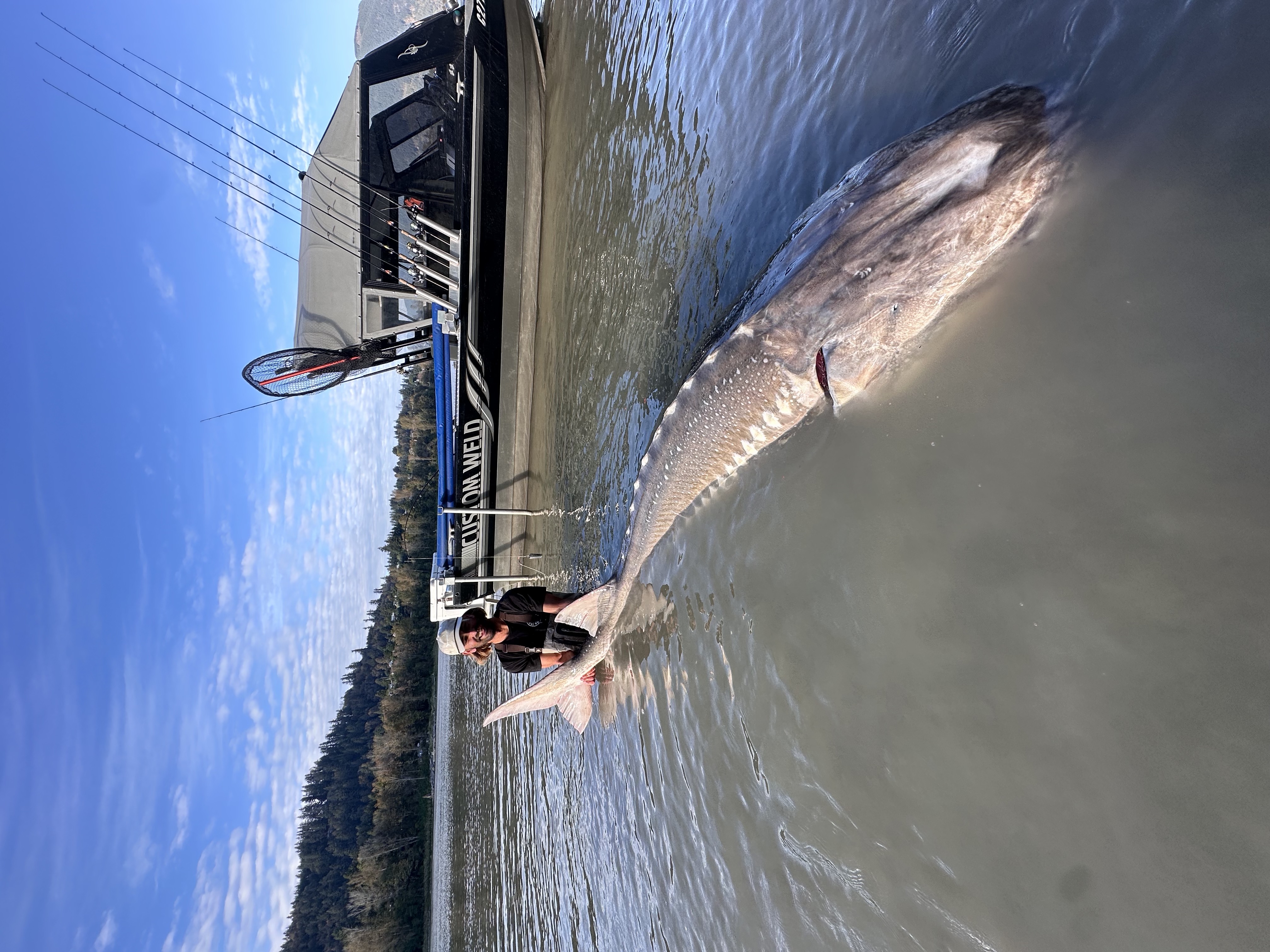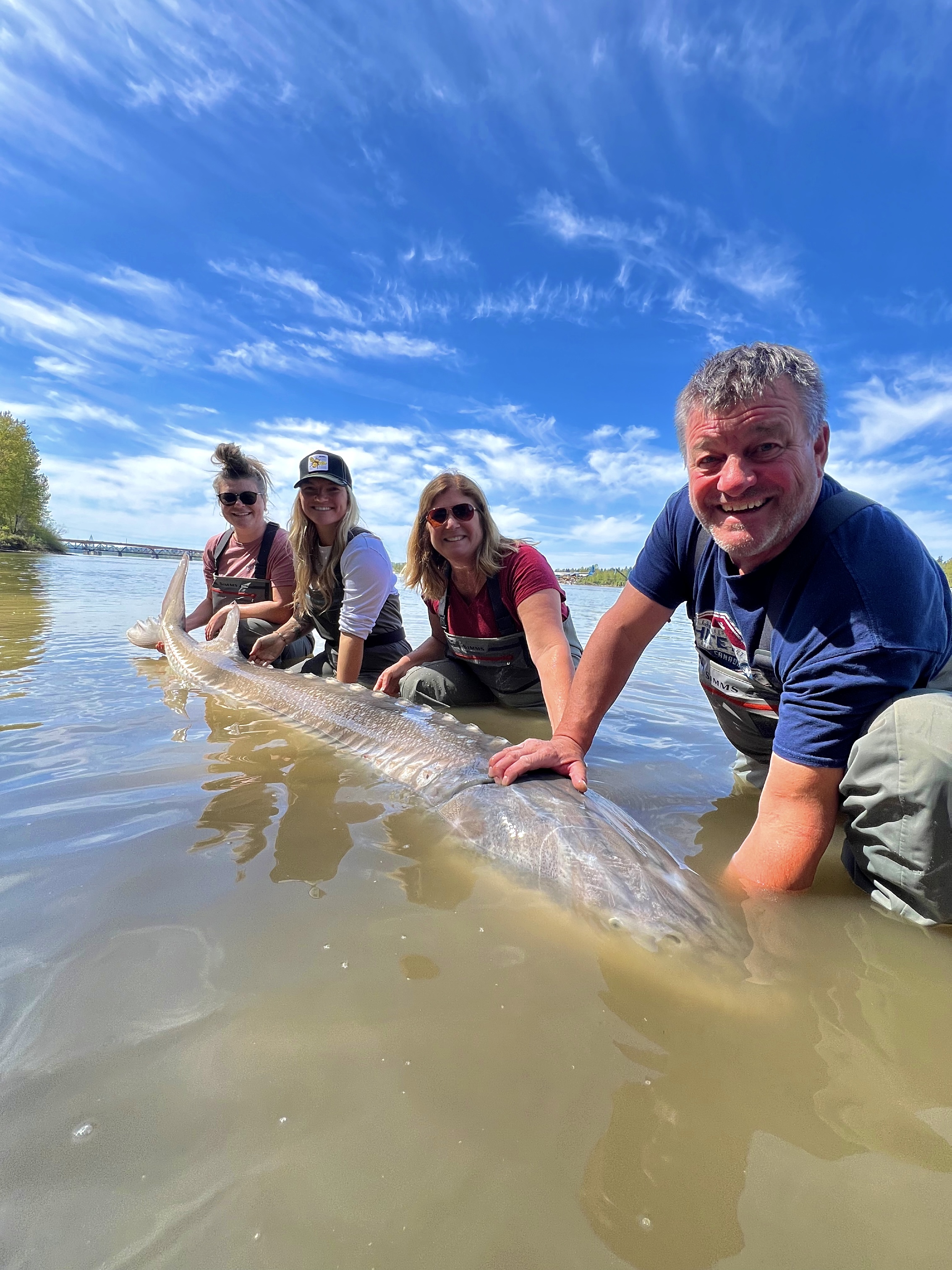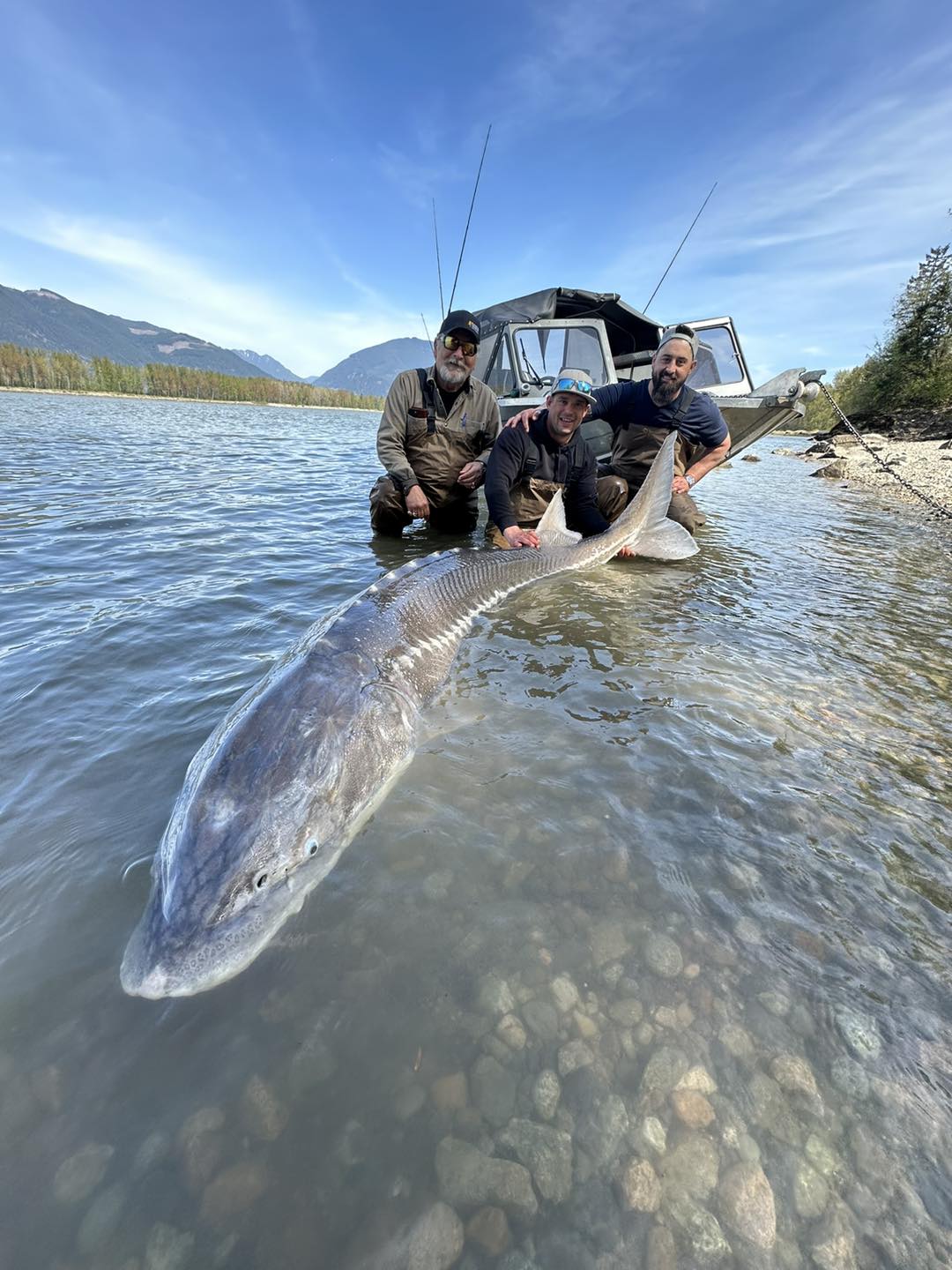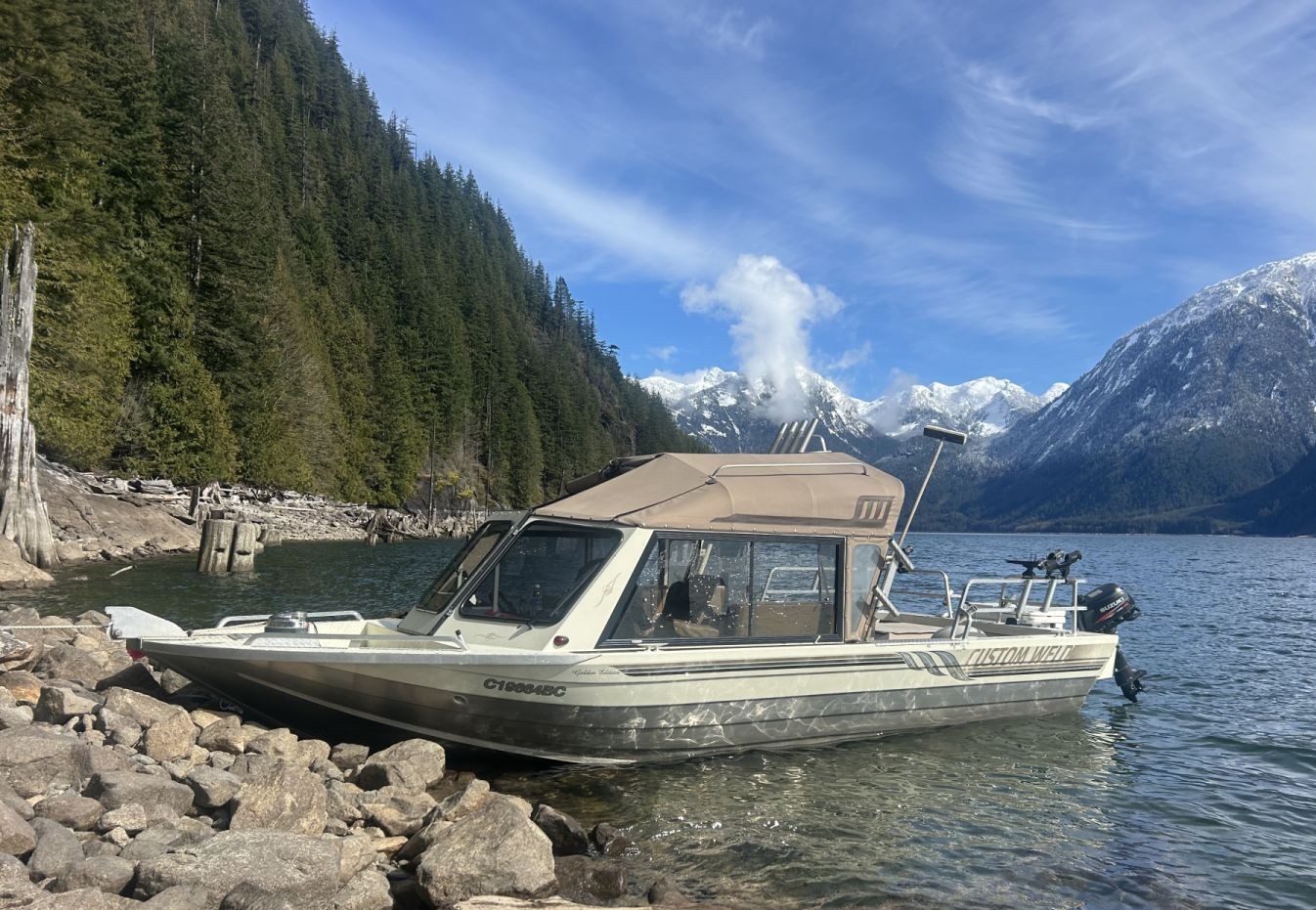Damn Good Guides
Experts Available 24/7
100% Weather Guarantee
Recently Booked Crane Hunting Guides In Canada
Duck, Goose, Crane in Saltcoats
Saskatchewan All Inclusive
“Our Damn Good Guides go above and beyond, and we’ve handpicked every single one. We’re passionate about the outdoors and look forward to getting you out on the trip of a lifetime, every time.”
Jonathan and Attison | Co-founders | Austin, Texas
Other Captain Experiences Trips in Canada
World-Class Canadian Bluefin
Lake Ontario Salmon Master
Duck, Goose Hunting in Saskatoon
Saskatechwan Waterfowl Whack
River, Lake Fishing in Welland
Full Day Fishing Charter
Sturgeon Fishing
World Class Fraser Sturgeon Fishing
Need a Place to Stay?
Everything to Know About Booking a hunting trip in Canada
What are the best crane hunting trips in Canada?
The best crane hunting trips in Canada are:
What is crane hunting in Canada all about?
Crane hunting in Canada primarily refers to hunting sandhill cranes, a migratory bird species known for its long legs and graceful flight. The hunting season typically occurs in the fall, and it is regulated by provincial and federal wildlife agencies to ensure sustainable population management. Sandhill cranes are prized by hunters for their challenging behavior in the field and are sometimes called "ribeye of the sky" for the quality of their meat.
Hunting regulations vary by province, with specific quotas and season dates set to protect crane populations while allowing for recreational hunting. The provinces of Manitoba, Saskatchewan, and Alberta have notable sandhill crane hunting opportunities, where hunters must follow strict guidelines regarding hunting licenses, permits, and daily bag limits.
Crane hunting in Canada also ties into the broader tradition of waterfowl hunting in the country. Many hunters view it as a way to connect with nature and participate in a sustainable harvest. Conservation efforts are also a key part of the practice, with many hunters and organizations contributing to the protection of crane habitats and migratory pathways.
What are the most popular months to go crane hunting in Canada?
The most popular months for crane hunting in Canada are typically September and October. This is when sandhill cranes migrate south for the winter, providing the best opportunities for hunting. These months align with the fall hunting season, when the weather is cooler and the birds are more active, making it an ideal time for hunters to be in the field.
The exact timing can vary by province, as each region sets its own hunting season dates based on the local crane population and migration patterns. For example, in Manitoba and Saskatchewan, the season usually begins in early September and runs through late October or early November, while in Alberta, it may extend slightly longer. The peak migration often occurs in mid to late September, so many hunters aim to plan their trips during this period.
Hunters also consider weather conditions during these months, as colder temperatures and winds can influence crane behavior. Early October is often particularly popular because it balances comfortable hunting conditions with the presence of large numbers of cranes on their migratory routes.
What techniques are popular for crane hunting in Canada?
Popular techniques for crane hunting in Canada include the use of decoys, calling, and careful blind placement. Decoys are a key part of crane hunting strategy, as hunters set up realistic-looking crane or waterfowl decoys to attract the birds into range. These decoys mimic feeding or resting cranes, encouraging flocks to land in the area where hunters are waiting. The setup often includes a mix of full-body and silhouette decoys to create the illusion of a natural group.
Calling is another common technique, where hunters use calls to mimic the vocalizations of cranes. These calls can either draw birds in or calm them down if they appear hesitant to land. Experienced hunters often rely on both electronic and manual calls to recreate the unique sounds cranes make during flight or while feeding. Timing the calls with the birds' movements is crucial for success.
Proper blind placement and camouflage are also essential in crane hunting. Hunters set up blinds, often in open fields where cranes are known to feed, and conceal themselves with natural materials like grass or hay to blend into the environment. Since sandhill cranes have excellent eyesight, being well-hidden is critical to prevent detection. Hunters also need to position themselves downwind and ensure minimal movement to avoid spooking the birds.
What species are popular for crane hunting in Canada?
In Canada, the most popular species for crane hunting is the sandhill crane. Sandhill cranes are large, migratory birds known for their long wingspan and distinctive calls. They are widely hunted during the fall migration season across several provinces, especially in Manitoba, Saskatchewan, and Alberta. Hunters are drawn to sandhill cranes not only for the challenge they present but also for their highly regarded meat, which is often compared to beef.
Although sandhill cranes are the primary species hunted, whooping cranes also migrate through some of the same regions. However, whooping cranes are an endangered species and are strictly protected under Canadian wildlife laws. Hunters are educated to distinguish between sandhill and whooping cranes to avoid accidentally targeting the wrong species.
For most crane hunters in Canada, the focus remains on sandhill cranes due to their healthy population and regulated hunting seasons, making them the main target for recreational and sport hunting. Conservation efforts ensure that these hunts are sustainable, allowing hunters to continue pursuing sandhill cranes while protecting other crane species.
The Best Places to Hunt in Canada
Featured Cities
- Fishing Charters Near Me
- Austin Fishing Guides
- Biloxi Fishing Charters
- Bradenton Fishing Charters
- Cabo San Lucas Fishing Charters
- Cancun Fishing Charters
- Cape Coral Fishing Charters
- Charleston Fishing Charters
- Clearwater Fishing Charters
- Corpus Christi Fishing Charters
- Crystal River Fishing Charters
- Dauphin Island Fishing Charters
- Daytona Beach Fishing Charters
- Destin Fishing Charters
- Fort Lauderdale Fishing Charters
- Fort Myers Fishing Charters
- Fort Walton Beach Fishing Charters
- Galveston Fishing Charters
- Gulf Shores Fishing Charters
- Hatteras Fishing Charters
- Hilton Head Fishing Charters
- Islamorada Fishing Charters
- Jacksonville Fishing Charters
- Jupiter Fishing Charters
- Key Largo Fishing Charters
- Key West Fishing Charters
- Kona Fishing Charters
- Lakeside Marblehead Fishing Charters
- Marathon Fishing Charters
- Marco Island Fishing Charters
- Miami Fishing Charters
- Montauk Fishing Charters
- Morehead City Fishing Charters
- Naples Fishing Charters
- New Orleans Fishing Charters
- New Smyrna Beach Fishing Charters
- Ocean City Fishing Charters
- Orange Beach Fishing Charters
- Panama City Beach Fishing Charters
- Pensacola Fishing Charters
- Pompano Beach Fishing Charters
- Port Aransas Fishing Charters
- Port Orange Fishing Charters
- Rockport Fishing Charters
- San Diego Fishing Charters
- San Juan Fishing Charters
- Sarasota Fishing Charters
- South Padre Island Fishing Charters
- St. Augustine Fishing Charters
- St. Petersburg Fishing Charters
- Tampa Fishing Charters
- Tarpon Springs Fishing Charters
- Venice Fishing Charters
- Virginia Beach Fishing Charters
- West Palm Beach Fishing Charters
- Wilmington Fishing Charters
- Wrightsville Beach Fishing Charters
Didn't Find What You Were Looking For?
Our guides are Damn Good Guides, which means they’re vetted by our team of outdoor experts who know them on a first-name basis. We hand pick each and every one of them, and our network spans all across the US and beyond.
The proof is in the pudding, and we’re incredibly proud of our 4.9 / 5 average review score. Hit the button below to see more trip options:
